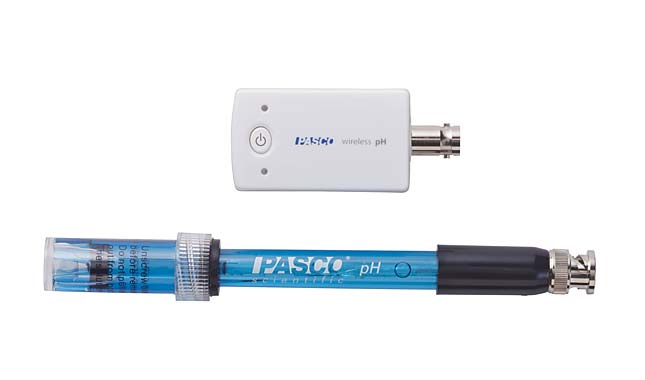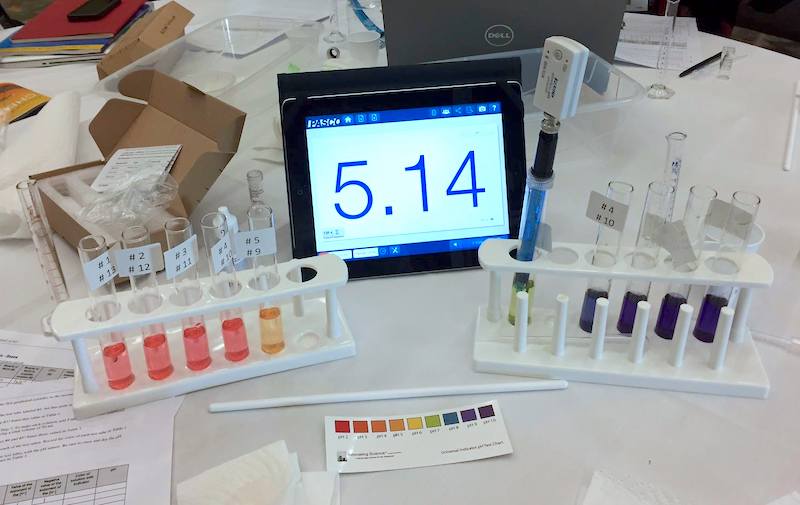Reef Aquarists are rapidly learning the paramount importance of pH in our mineral rich reef aquariums because it drives the entire process of calcification in stony corals and all calcifying invertebrates. There are many different options for measuring pH in the aquarium market but the PASCO wireless pH sensor from the educational market is really piquing our interest.
For just $81 the PASCO wireless pH sensor can measure this important parameter with great accuracy just like the Hanna Halo pH sensor which is our primary ‘pH pen’ around the Studio. Unlike the all-in-one Halo from Hanna, the PASCO is more of a dongle that can attach to any pH probe so once the probe is expired you can use any off the shelf replacement.
The other big difference is that the Halo has a built in thermometer for automatic temperature compensation, enabling users to run and gun pH tests on water samples with varying water temperature. We believe that because of the ATC the Halo is probably more accurate and while the PASCO does have some degree of automatic temperature compensation, as long as you calibrate at the temperature of your aquariums, the accuracy should be more than enough for our aquarium needs.

However the PASCO version has one trick up its sleeve that is not found in the Halo and that is the ability to LOG pH for up to 90 days on a single battery. The pH logging data is stored in onboard memory of the PASCO wireless pH sensor and can be accessed through the free SparkVue app for both iOS and Android.
We’re very curious to learn how the PASCO wireless pH sensor performs over the long term, for sure its exposed BNC connector and electronic dongle are not moisture resistant so they will require some degree of water protection before being used in an aquarium environment. There might be some DIY workarounds to the 90 day battery of the PASCO wireless pH sensor but at least it sheds some light on what is technically and commercially possible with wireless pH sensing and logging so we can’t wait to try it out.



